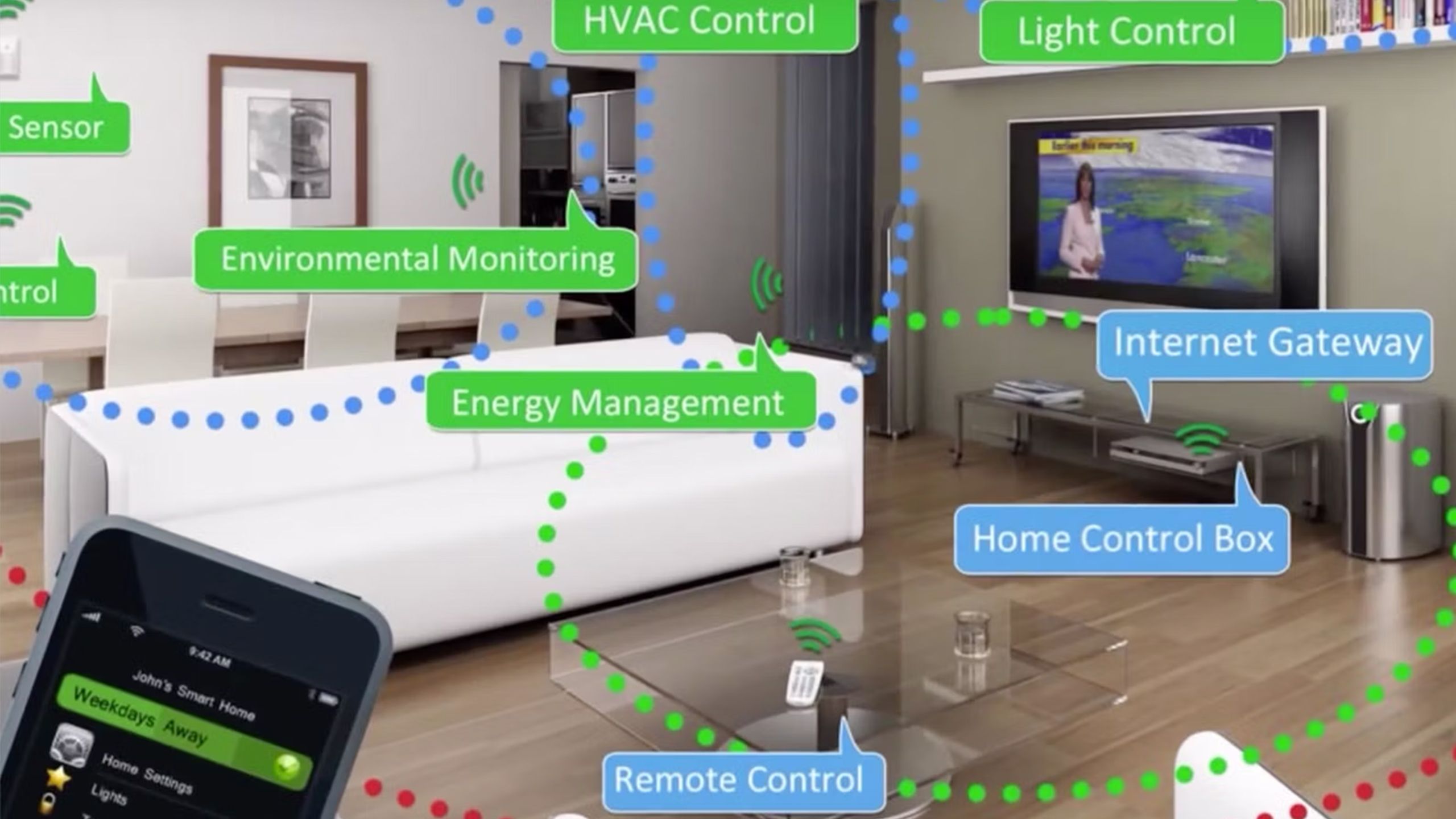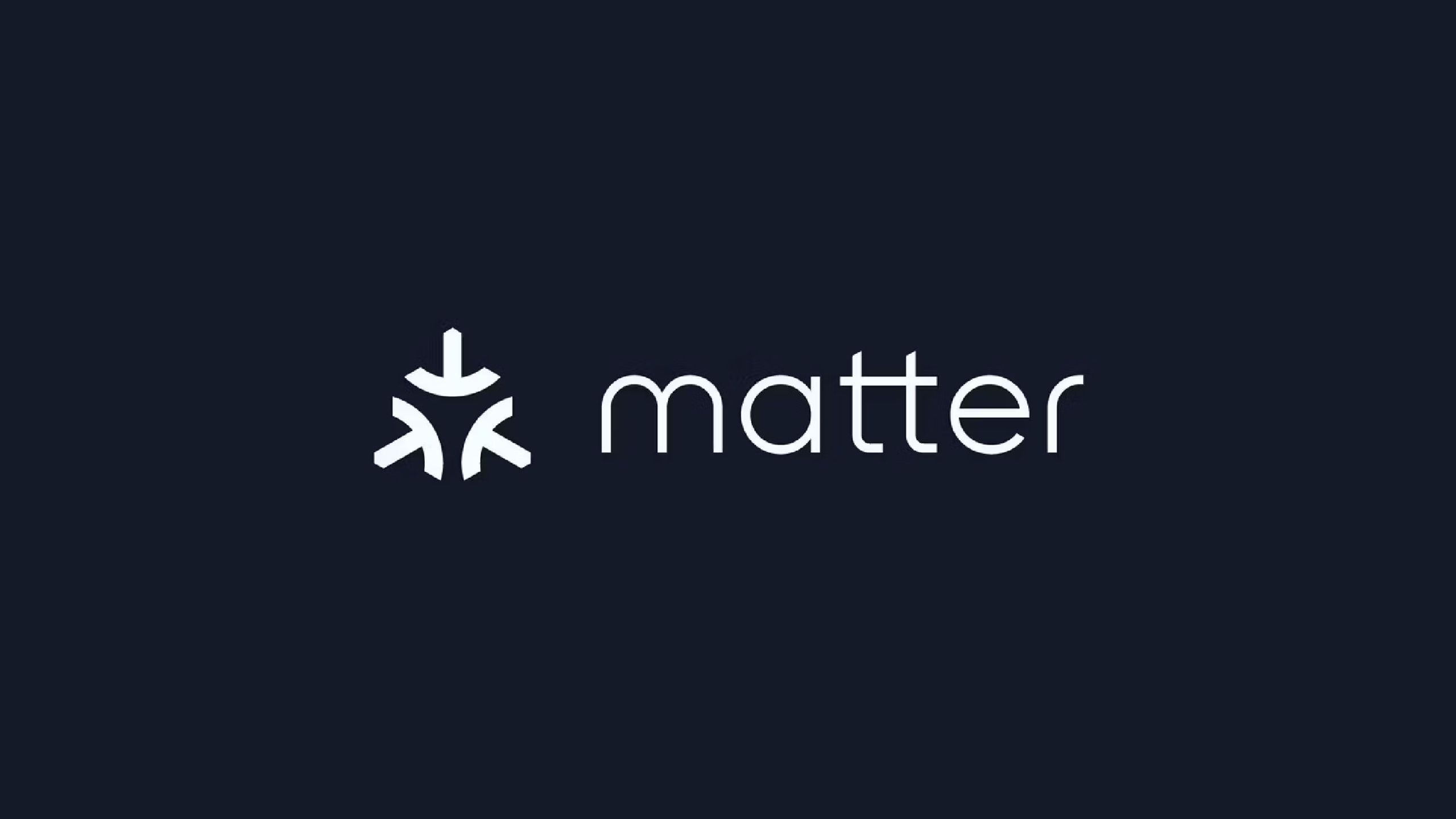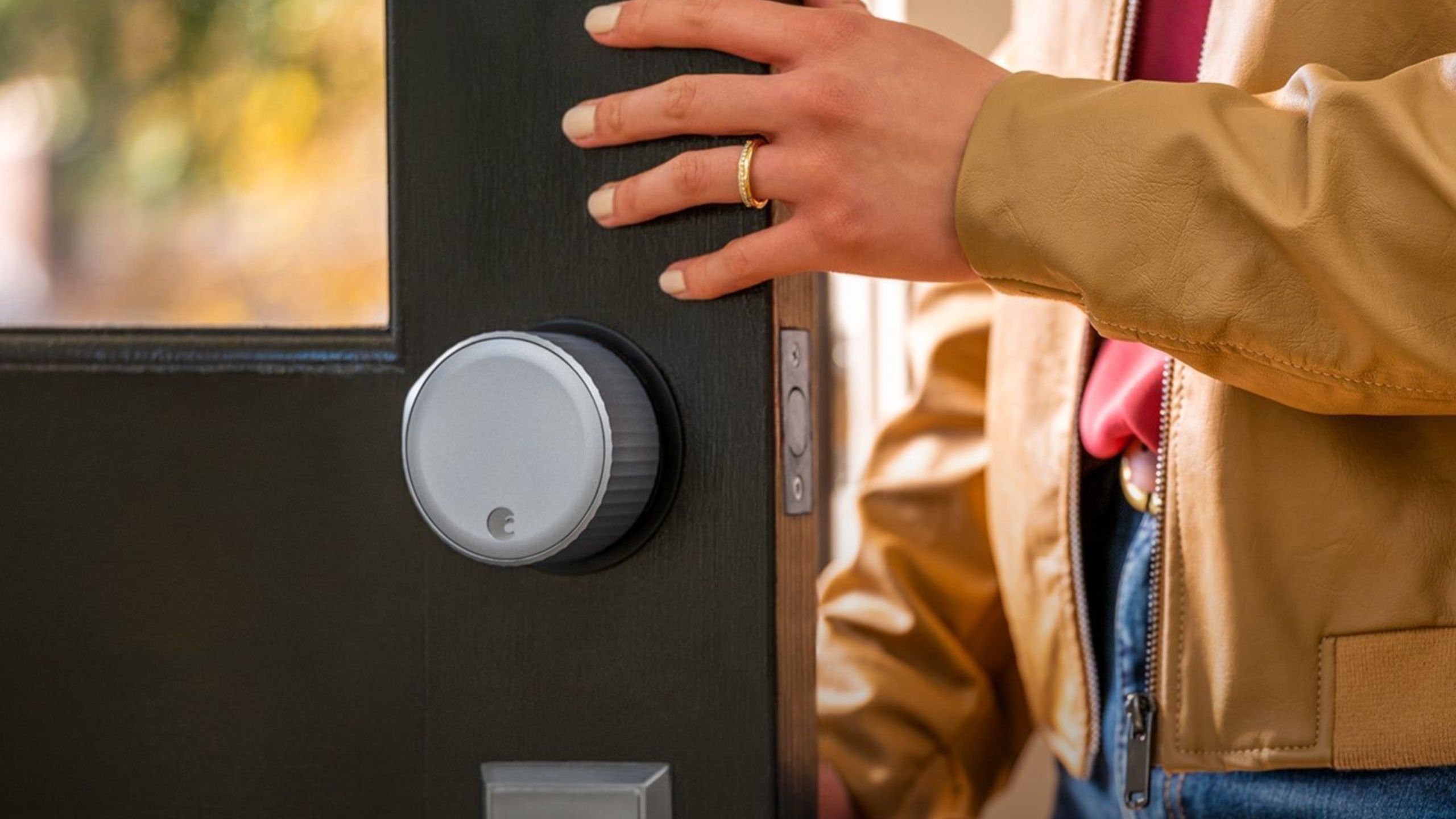Key Takeaways
- The Thread 1.4 replace permits gadgets to hitch an current community, and provides cloud connectivity.
- The complexity of sensible house tech continues to develop with numerous protocols, making gadget compatibility difficult.
- Matter goals to create a unified language for sensible house gadgets however faces limitations and requires time for widespread adoption.
Shopping for smart home devices is not at all times simple. You may discover the proper gadget to your wants, solely to seek out that it would not work along with your Apple Home setup. You may purchase a tool that claims it really works with Alexa, solely to find that the Echo devices you have got at house do not assist Thread and might’t talk along with your new buy.
It should not need to be this fashion. The dream is of a world the place irrespective of which sensible house system you employ, or which sensible house gadgets you purchase, every thing “simply works” and is fast and simple to arrange. Sadly, we’re nonetheless a good distance from that time.
Progress is being made; tasks corresponding to Matter try to create a unified language for sensible house tech. Thread, a communication community designed with sensible house tech in thoughts, has not too long ago launched a brand new replace that provides helpful new options to the usual. The difficulty is that with all the nice intentions on this planet, we’re nonetheless a good distance from a wise house utopia.
What’s Thread, and why does it matter to your sensible house?
Thread is a greater method for sensible house gadgets to speak
Thread is a low-power wi-fi community know-how that enables sensible house gadgets to speak with each other. There are numerous strategies that sensible tech can use for communication. Many sensible house gadgets use Wi-Fi to speak, however it’s not superb as a result of it requires a whole lot of energy, making it unsuited to battery-powered gadgets. It additionally has vary limitations, since each gadget must be inside vary of the router with a purpose to talk.
Different protocols exist that attempt to get round these points. Zigbee makes use of mesh networking. This enables gadgets on a Zigbee community to speak to at least one one other with out having to attach on to the hub. It means you could place gadgets as far-off from the Zigbee hub as you want, and the opposite gadgets in between will move on the required directions. Zigbee additionally makes use of a lot much less energy than Wi-Fi, making it appropriate for small battery-powered sensible house gadgets and sensors.
Thread is the same low-power mesh networking communication protocol designed particularly for Internet of Things (IoT) gadgets. As with Zigbee, it is appropriate for battery-powered gadgets, and the mesh community is self-healing, which means that if a tool goes down, the data may be rerouted via different gadgets. Not like Zigbee, which makes use of a proprietary mesh community system, Thread makes use of the identical IPv6 web protocol that is used on the web.
What’s the Thread 1.4 replace?
Thread has launched some important enhancements
Thread Group
In September 2024, Thread launched a brand new replace: Thread 1.4. This new model of Thread offers some significant improvements that can make utilizing sensible house gadgets over a Thread community even higher.
Firstly, whenever you add new gadgets operating Thread 1.4 to your sensible house, they are going to robotically be a part of the present Thread community slightly than creating a brand new one. Beforehand, in the event you had an Apple TV operating a Thread community to your HomeKit gadgets, after which added an Amazon Echo Hub to your own home, your Echo Hub would create a brand-new Thread community of its personal, with the gadgets on every separate community unable to speak with each other. With Thread 1.4, you get a single mesh community by which each gadget can move info to each different gadget, making your community extra sturdy.
With Thread 1.4, you get a single mesh community by which each gadget can move info to each different gadget, making your community extra sturdy.
Thread 1.4 additionally permits cloud connectivity, in order that gadgets can obtain over-the-air updates or can use options powered by info from the cloud. As well as, Thread border routers can now use Wi-Fi and Ethernet connections to increase the vary of the mesh community.
It’s going to take a while for builders and producers to implement the extra options of Thread 1.4 into their gadgets, however in the end it ought to be a lot simpler to arrange a single Thread mesh community in your house for all of your appropriate gadgets.
Attempting to standardize sensible house tech is making issues extra complicated, not much less
There are extra protocols than ever to get your head round
Zigbee
The updates to Thread are actually a step in the precise route, however the present state of sensible house tech feels extra complicated than ever. Whereas new requirements have been launched to attempt to make it simpler for various sensible house gadgets and ecosystems to work collectively, there at the moment are extra competing protocols than ever.
The primary sensible gadget I ever purchased was a wise bulb that communicated over Wi-Fi. Ultimately, I upgraded to Philips Hue bulbs which required a proprietary hub that used Zigbee as a substitute of Wi-Fi. Later, Philips Hue launched smart bulbs that you could possibly management through Zigbee and Bluetooth. It reached the purpose the place there have been sensible house gadgets that might talk through Wi-Fi, Bluetooth, Zigbee, Z-Wave, and extra.
Removed from being a plug-and-play utopia the place each sensible house gadget works seamlessly with each different, issues have solely grow to be extra sophisticated.
Thread is one more addition to that record, so understanding which sensible house gadgets will work in your house is extra complicated than ever. You could have some gadgets that use Wi-Fi and Bluetooth, others which can be Zigbee solely, others that assist Thread, and loads of others that assist a mix of various protocols. Removed from being a plug-and-play utopia the place each sensible house gadget works seamlessly with each different, issues have solely grow to be extra sophisticated.
Completely different protocols are supported by totally different gadgets
Fragmentation is tough to beat
Apple
Given the vary of communication choices for sensible house gadgets, it is not stunning that gadgets from totally different producers use totally different protocols. This is not superb for the consumer, nonetheless. With my early sensible bulbs, for instance, I wanted to plug a hub into my router to manage certainly one of my gentle bulbs over Wi-Fi, and one other hub into my router to manage my Philips Hue bulbs over Zigbee. Z-Wave bulbs would have meant including one more hub.
Shoppers should not want in-depth information of communication protocols simply to make an knowledgeable alternative about which sensible house gadgets to purchase; we simply need one thing that works.
To make issues worse, even gadgets from the identical producer can assist totally different protocols. Amazon Echo gadgets make very helpful smart home hubs, for instance, as they’re appropriate with a variety of merchandise from totally different producers. However here is the catch; in the event you purchase an Echo Show 5, it can assist communication over Wi-Fi and Bluetooth. The Echo Show 8, nonetheless, additionally helps Zigbee and Thread. Whether or not you get Zigbee and Thread assist depends upon which Echo gadget you purchase. Shoppers should not want in-depth information of communication protocols simply to make an knowledgeable alternative about which sensible house gadgets to purchase; we simply need one thing that works.
Matter has promise, however it’s removed from the completed article
The idea is admirable, however it’s not there but
Matter
Even when gadgets use the identical communication protocol, it would not essentially imply that they can discuss to at least one one other. Many sensible house manufacturers use their very own proprietary tech, and for a very long time it was usually the case that to activate 5 totally different gentle bulbs from 5 totally different manufacturers, you’d need to open 5 totally different apps to make it occur.
Issues have improved on this entrance. Good house ecosystems corresponding to Apple’s HomeKit and Alexa can help you management totally different sensible house manufacturers from one central location, which means you may flip off all of your gentle bulbs from one app slightly than 5. Nonetheless, the issue nonetheless hasn’t been resolved, as a result of your sensible bulb may work with Alexa and Google Home, for instance, however not with HomeKit.
Matter is meant to vary all that. A collaboration between main gamers within the sensible tech world, together with Amazon, Apple, and Google, Matter is designed to be a unified communication standard that enables all sensible gadgets that assist it to speak with each other. Thread and Matter are sometimes confused with each other, however the place Thread is a medium over which gadgets can talk, Matter is actually the language that they’ll use. The last word intention is for all sensible tech to have the ability to “discuss” Matter, which might permit each gadget to work with each different, irrespective of the model or sensible house ecosystem.
The thought is an admirable one, however presently, Matter is way from excellent. Whereas an rising variety of gadgets assist Matter, there are loads that do not, so it is nonetheless not the panacea that it intends to be simply but. The protocol itself additionally has its limitations, because it presently solely helps a restricted variety of sensible house gadget sorts.
Units corresponding to sensible locks, sensible gentle bulbs, sensible blinds, smart thermostats, sensible TVs, and sensible sensors had been the primary to be supported, with assist for gadgets corresponding to robot vacuums, sensible safety cameras, sensible smoke and CO detectors, and sensible air high quality displays being added later. There are nonetheless many forms of sensible house gadgets that do not have assist, nonetheless, and even when a tool sort is supported, it does not imply that the sensible TV or sensible thermostat you purchase will supply Matter assist. It may take a while earlier than Matter turns into the unified language of sensible house tech.
To make issues worse, Matter would not at all times assist each function accessible in in any other case supported gadget sorts. For instance, I used to have the ability to use a function referred to as Adaptive Lighting within the Apple Residence app to robotically change the colour temperature of my Philips Hue sensible bulbs all through the day. The bulbs would robotically flip hotter within the night and can be cooler in the course of the morning.
This labored as anticipated via my Hue Bridge, till I upgraded the Hue Bridge to assist Matter. Since there was no assist for Adaptive Lighting within the Matter protocol, my supposedly upgraded Hue Bridge was now unable to robotically management my lights prefer it had earlier than. Fortunately, it seems that assist for Adaptive Lighting over Matter is on its method in iOS 18.
The dream of sensible house tech that “simply works” remains to be a good distance off
There are many challenges that must be overcome
August
Will there ever come a time when you should purchase any sensible house product you need, and add it to no matter sensible house ecosystem you need, and it’ll all work seamlessly? Hopefully, in the future we are going to attain this level. Collaborations by main gamers as has been the case with Matter present that the need is there to create a unified system for sensible house gadgets.
It is not simply so simple as everybody agreeing to solely use Thread and Matter any longer, both, as a result of of their present kind, Thread and Matter aren’t at all times capable of supply the identical degree of management and options which can be doable utilizing different strategies.
To ensure that that to occur, nonetheless, the fragmentation wants to finish, and that is going to take a while. There are nonetheless far too many choices, each when it comes to the strategies that sensible house gadgets use to speak, and the language that they use to take action.
Options corresponding to Home Assistant and OpenHAB that permit totally different sensible house applied sciences to work collectively are presently the one approach to create a really unified sensible house, however the studying curve for these methods remains to be too excessive for the typical shopper. It is not simply so simple as everybody agreeing to solely use Thread and Matter any longer, both, as a result of of their present kind, Thread and Matter aren’t at all times capable of supply the identical degree of management and options which can be doable utilizing different strategies. The current updates to Thread could also be a step in the precise route, however there’s nonetheless much more work to be completed.
Trending Merchandise

Lenovo New 15.6″ Laptop, Intel Pentium 4-core Processor, 40GB Memory, 2TB PCIe SSD, 15.6″ FHD Anti-Glare Display, Ethernet Port, HDMI, USB-C, WiFi & Bluetooth, Webcam, Windows 11 Home

Thermaltake V250 Motherboard Sync ARGB ATX Mid-Tower Chassis with 3 120mm 5V Addressable RGB Fan + 1 Black 120mm Rear Fan Pre-Installed CA-1Q5-00M1WN-00

Sceptre Curved 24-inch Gaming Monitor 1080p R1500 98% sRGB HDMI x2 VGA Build-in Speakers, VESA Wall Mount Machine Black (C248W-1920RN Series)

HP 27h Full HD Monitor – Diagonal – IPS Panel & 75Hz Refresh Rate – Smooth Screen – 3-Sided Micro-Edge Bezel – 100mm Height/Tilt Adjust – Built-in Dual Speakers – for Hybrid Workers,Black

Wireless Keyboard and Mouse Combo – Full-Sized Ergonomic Keyboard with Wrist Rest, Phone Holder, Sleep Mode, Silent 2.4GHz Cordless Keyboard Mouse Combo for Computer, Laptop, PC, Mac, Windows -Trueque

ASUS 27 Inch Monitor – 1080P, IPS, Full HD, Frameless, 100Hz, 1ms, Adaptive-Sync, for Working and Gaming, Low Blue Light, Flicker Free, HDMI, VESA Mountable, Tilt – VA27EHF,Black














